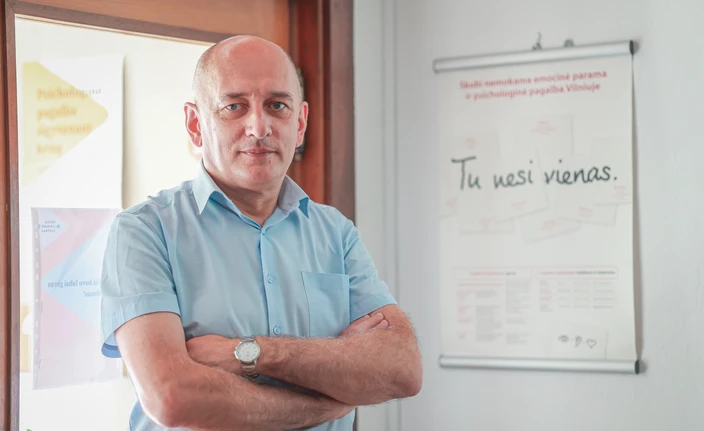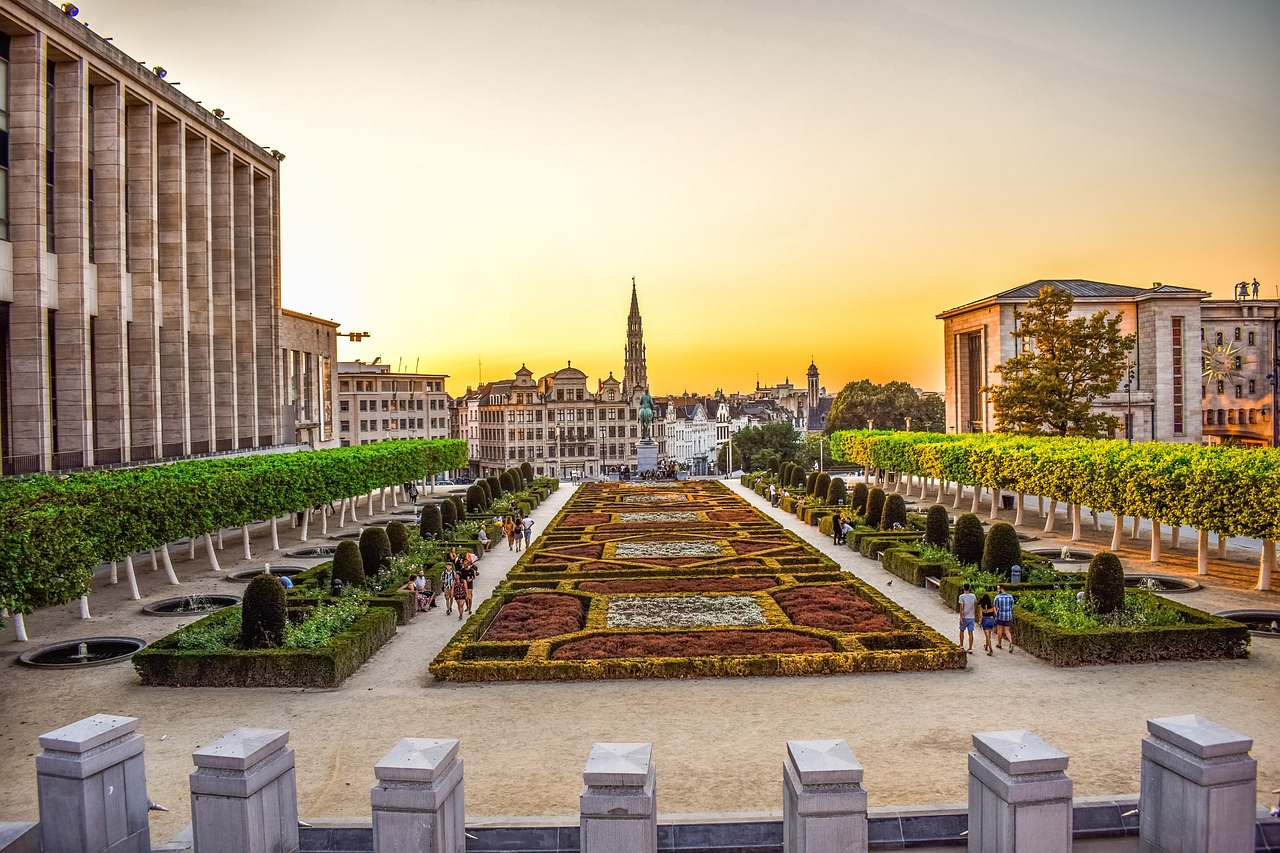There is a growing tendency to think that Roma people abuse the social system by having many children. To break down this misconception we visited Roma settlements in the east of Slovakia. We found, among other things, how Roma people perceive parental roles in their lives and what family means to them.
Cultural Perception of Parental Role by Roma People in Slovakia
There is a growing tendency to think that Roma people abuse the social system by having many children. To break down this misconception we visited Roma settlements in the east of Slovakia. We found, among other things, how Roma people perceive parental roles in their lives and what family means to them.
By Mária Kromková and Samuel Štefánik
There is a growing tendency to think that Roma people abuse the social system by having many children. To break down this misconception we visited Roma settlements in the east of Slovakia. We found, among other things, how Roma people perceive parental roles in their lives and what family means to them.
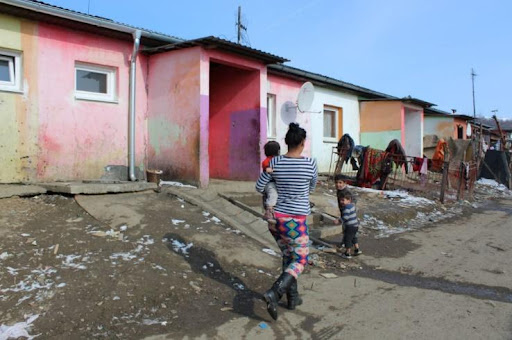
Roma culture is rich in traditions, which are kept until today. The most strongly held belief is to have a large family. Roma people believe that family is the highest value and consider their children infine source of happiness. As Martina, mother of five children, explains: „Kids are my joy and blessing to me. We are of one blood. I am proud of my kids, because i see myself in them. They are sense of my life and only hope for future. “ We may wonder why Roma families have significantly more kids than the average in Slovakia, if they live under very poor conditions. Very simply stated, having extended family guarantees them that they will be taken care of in the future: „My parents raised me and gave me everything they could. Now it is my turn to take care of them. I am sure that my kids will do the same for me.“ Martina adds.
Such a devoted attitude towards parents also indicates the way in which Roma people raise children. In their communities, kids look up to their parents and naturally fear them. From an early age children know they can´t treat their parents badly. „If my son is disrespectful towards me, my brothers will get involved in and ground him,“ Silvia describes what could happen if their children misbehave. Not only parents, but the elderly are also highly respected and valued. In the past, each Roma settlement had its own leader, called „vajda“. The oldest and most experienced man from the settlement mostly held this important position. Nowadays, such a tradition slowly fades away.
While one custom is disappearing, another remains. Living in a large group, where everyone feel included and close to each other. Milan, father of six children, clearly mentioned that point: „If my spouse needs to see a doctor with our kids, she never goes alone. The other from the settlement will join her. Wherever we go, we do it like this. ” As it seems, they show kind of protective behavior and sense of belonging. Without doubt, they also feel more confident within a large group of people. Milan concludes by saying: „We are used to spending time together. Everyone can say ´I belong to the group´. At the same time we enjoy life together and it makes us happy. “
What scientists and sociologists have to say
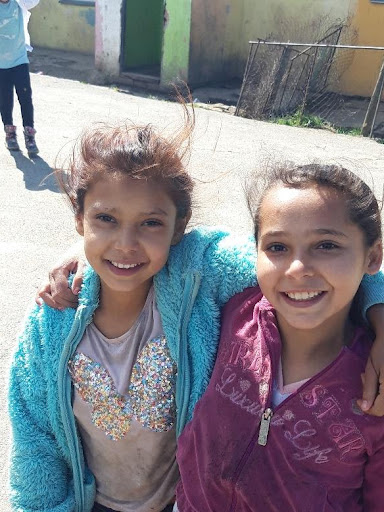
Let’s dive into this problem from a scientific point of view. Roma culture is a part of society, therefore there is no one better than sociologists and social anthropologists who are precisely focusing on Roma culture and Roma families who can teach us a lot about the issue.
Michal Vašečka is a Slovak sociologist, specializing in ethnic, racial, and migratory studies, as well as issues of populism, extremism, and civil society. He is also the program director of the Bratislava Policy Institute. Irena Kašparová is a Czech social anthropologist who studies and admires different cultures. She lived in a Roma settlement in Slovakia for a year, in Scotland for three years and then took a great chance to establish a field of social anthropology in Brno at Masaryk University, which she still leads. We believe that these two specialists are a relevant and truthful source to not only clarify how Roma families work, but also to describe the differences and explain why majorities often hate and condemn them. We are also relying on wise words of a Slovak politician, Iveta Radičová, and research of Slovak and Roma families by Rastislav Bednárik and Mária Lenczová.
The basic strategy for solving the life situation of both the majority and the Roma population is family cooperation, mutual help, and wider affiliation, says Vašečka. The differences are getting wider according to the “use” of this cooperation and how is it reflected in a family or kinship. Use of cooperation mainly comes from the families’ background and history. Family strategies are then determined principally by the cultural-historical background and living conditions.
Irena Kašparová sees the value of family in Roma communities similarly. “Although the role and influence of the family is now slightly changed compared to times past, it remains at the center of everything and it is a phenomenon that needs to be understood in relation to the Roma people,” (126-127, 2014). Basically, when talking about a family, most people imagine mom, dad and their children as the general formula of this word. However, this varies from the perception of Roma people. The word family is used for not only nuclear families, but also wider kinship with several generations. The independence of a narrow family, as Kašparová is explaining, lies in the important decisions of the larger family entity. As one, they will consult and consider the decision, or consult with other families, and together they decide, for example, on the choice of a life partner. This is exactly what family belonging, solidarity, and bonding means to them
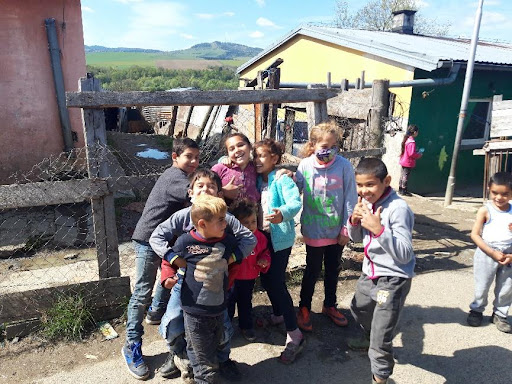
We can now tell that the similar the cultural environment of a Roma family is, the similar the family´s behavior. The degree of adaptation is stronger the more traditional and homogeneous the village, says Vašečka. This relates mainly to origin, religion, and nationality. It is very challenging to understand other family values in a uniform and consistent environment, especially if the traditions and conventions are strong and usual for the whole country. For example, if some country has many immigrants with diverse backgrounds, the country´s majority has a potential to accept these traditions and family values better than majorities of homogenous countries. Nations with many cultural groups are used to the notion that their customs and traditions are not the only ones, or the right ones.
So, what family values Roma people recognize and believe? Irena Kašaprová argues that there is a difference between Roma people living in a city and living in a village. “… In the village, we can still find an archetypal family – “fajta” – and it is no exception that the village of a thousand inhabitants consists of five to six families. This phenomenon is quite unique in the cities,” (Kašparová, 131, 2014). While Roma people coexist with majorities, interethnic marriages are still the exception. That means that they most commonly marry each other from the same ethnic group. However, there are exception that it seemed to be like a “step-up.” If a member of a Roma community marries a white man or woman, it obviously must mean that he/she is considered equal and has moved up a place on the imaginary social ladder in a society. This case is mostly in the political life of Roma people; however, an ordinary Roma member often sees this as one of the options on how to get further in life and not just stay in one place. Nevertheless, Roma people believe in their traditions and it’s unusual to marry someone from another ethnic group.
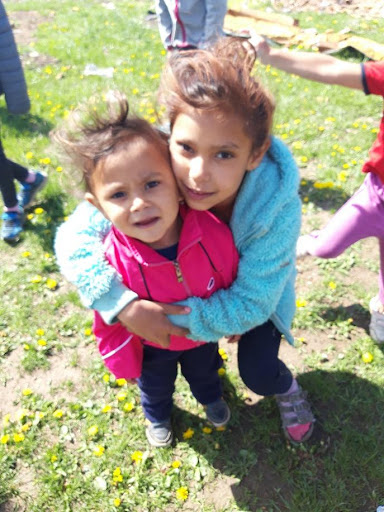
According to Vašečka, in Slovakia, old and historically proven family strategies are renewed into present social conditions. Roma families are no different. As Slovaks, they prefer swift and short-term solutions to any kind of problems and are skeptical of making their income as their ancestors used to – small-scale agricultural production and breeding or crafts. Data from Rastislav Bednárik’s research (1996) show that “replacing missing financial income with an enormous number of domestic self-help productive work – from food preparation and canning, through clothing production to construction and repairs of various kinds – is a” traditional feature “of most Slovak households.”
Yet, Roma minority in Slovakia has never used a self-sufficiency strategy and not accepting this “life plan” is perceived by the majority population not as a traditional, typical behavior for Roma, but as their laziness, comfort, a priori tendency to steal – an easier way, unwillingness to actively change their life situation. The more open the Roma community is, the more heterogeneous the environment it is, the greater the degree of its integration, the greater the chance of imitating the model of self-sufficiency strategy (Radičová, 2001).
Many of us can now question – “So what are the strategies of Roma families?” Well, their strategies vary. In some Roma settlements, the principle of saving funds replaces the so-called bee, where part of the funds is received by someone else each month. However, this “game”, in which no one wins or loses, consists in an agreement between family members. In a situation where the family lacks money, they buy cheaper food, cheaper things. Other frequently used strategies are borrowing money (58.5%), helping relatives (46.7%). The financial assistance of relatives is limited by their economic situation. A certain part of the respondents tries to help themselves with active strategies – brigades, herb collection, etc. (31.0% of all answers), own work (repairs, canning, handicrafts – 22.6%), growing crops, raising domestic animals (14.5%). Borrowing money is a typical strategy of Roma families that are socially deprived, very poor, in which adult family members are unemployed (Lenczová, 1998).
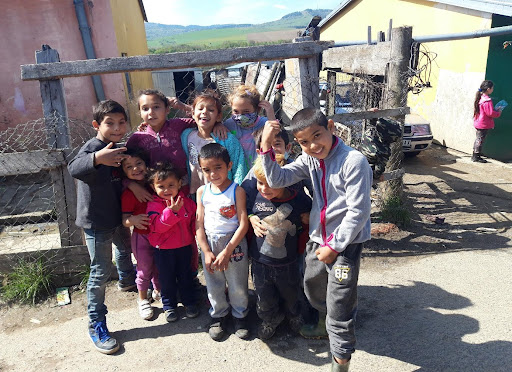
In the first case, the aid makes it possible to maintain a normal life and allows, among other things, to face unpredictable, especially material, difficulties or unexpected accidents (mainly in families from lower social classes). In the second case, the aid enables social advancement, which leads to an improvement in the situation of children. It either takes the form of useful services, enabling young people to fulfill the status of social life corresponding to their status (upgraded families to the middle class), or the aid tends to ensure that married children reach the status of their parents as soon as possible (middle and upper classes). (de Singly, 1999).
In conclusion, family history shows that cooperation and mutual help in a family network is an elementary, family-proven tool for the survival of a poor family. Each social group chooses the most appropriate means so that the next generation achieves a certain standard of family and personal life thanks to family solidarity – such a standard varies according to the specific family, argues Vašečka. Parents’ help to their own children can be seen on two levels, and in principle this help is determined by the social and economic status of the parents themselves.
SOURCES:
- KAŠPAROVÁ, Irena, 2014. Politika romství – romská politika. Praha: Sociologické nakladatelství (SLON). Sociologické aktuality. ISBN 978-80-210-6874-2.
- LENCZOVÁ, Mária, 1998. Možnosti a bariéry integrácie Rómov do spoločnosti na Slovensku. Bratislava: Výskumný ústav práce, sociálnych vecí a rodiny
- VAŠEČKA, Michal, 2002. Rómske hlasy: Rómovia a ich politická participácia v transformačnom období. Bratislava: Inštitút pre verejné otázky.

This article is part of the International Journalism Lab initiated by Media4Change. The laboratory is part of the project “Digital MIL Lab in Youth Work”. The project is financed under the Erasmus+ program of the European Union.
The authors of the project articles do not coordinate the topics and content of the articles with the sponsors of the project.

